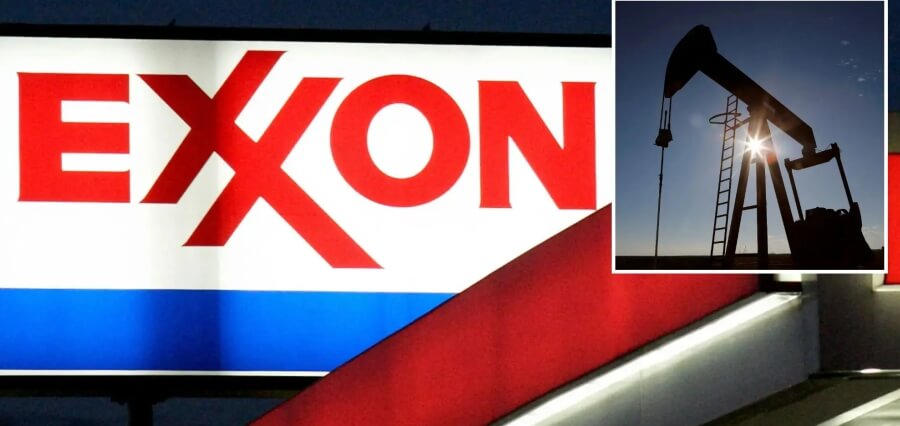The resurgence of U.S. crude oil production to an all-time high of 13.2 million barrels per day marks a pivotal moment shaped by various factors. The recovery is not merely a response to the post-pandemic rebound but reflects a broader recalibration of the oil industry. The shale drilling bust, intensified by the pandemic, led to a significant decline in capital spending, causing a 40% drop in the S&P 500 Energy Index from 2014 to 2019. However, the subsequent recovery was fueled by renewed demand and higher oil prices, with WTI crude rebounding to around $90 per barrel.
The concentration of this rebound in the Permian Basin underscores the industry’s strategic shift, with Texas and New Mexico becoming focal points due to lower production costs and a more relaxed regulatory environment. Major oil companies redirected their spending from capital investments to higher dividends and stock buybacks, contributing to the industry’s resilience. The recent Exxon Mobil and Pioneer Natural Resources deal reflects a trend of consolidation and mergers, emphasizing enhanced productivity and efficiency in the face of changing market dynamics.
While short-term gains are evident, the long-term trajectory of the oil market and its impact on climate goals remain critical considerations. Despite the industry’s recovery, the outlook for oil consumption suggests a peak in the late 2020s, influenced by the increasing adoption of renewable energy sources and evolving consumer preferences. Ultimately, the oil industry’s resilience hinges on its ability to navigate shifting dynamics, embrace technological advancements, and address the imperative for sustainable energy solutions in the face of global climate challenges.





